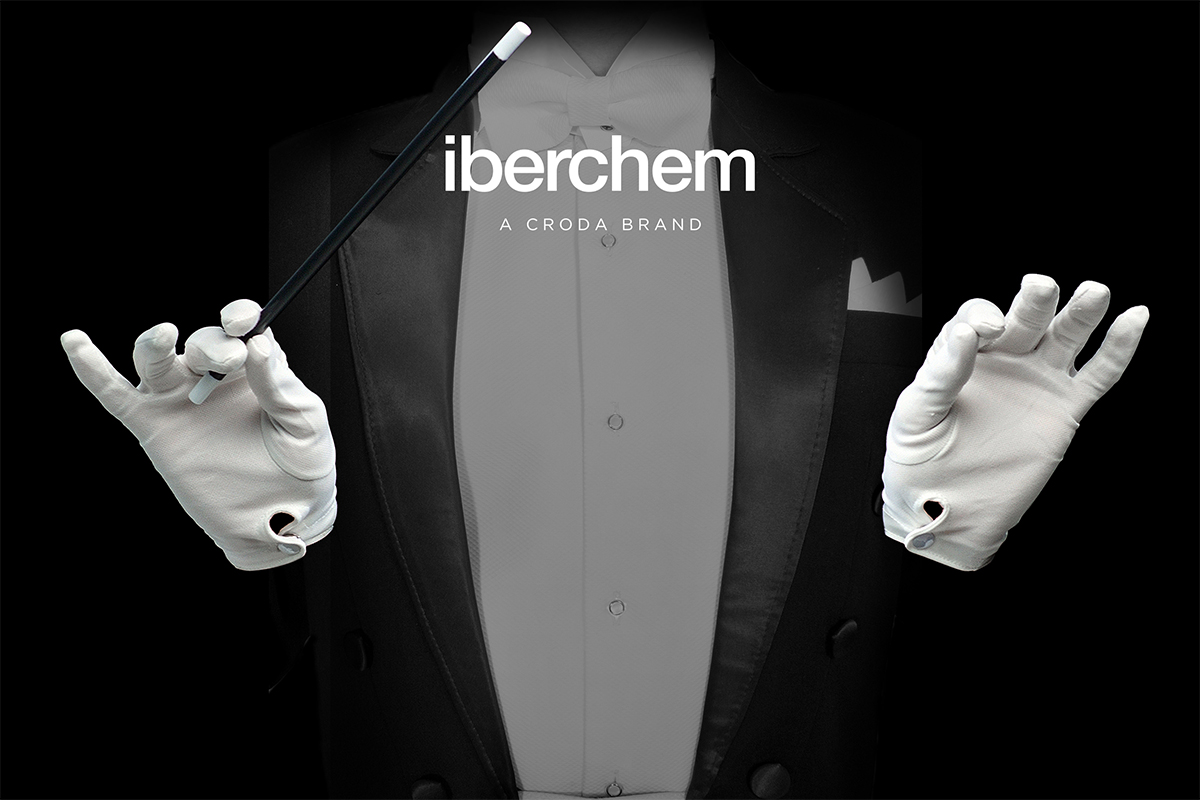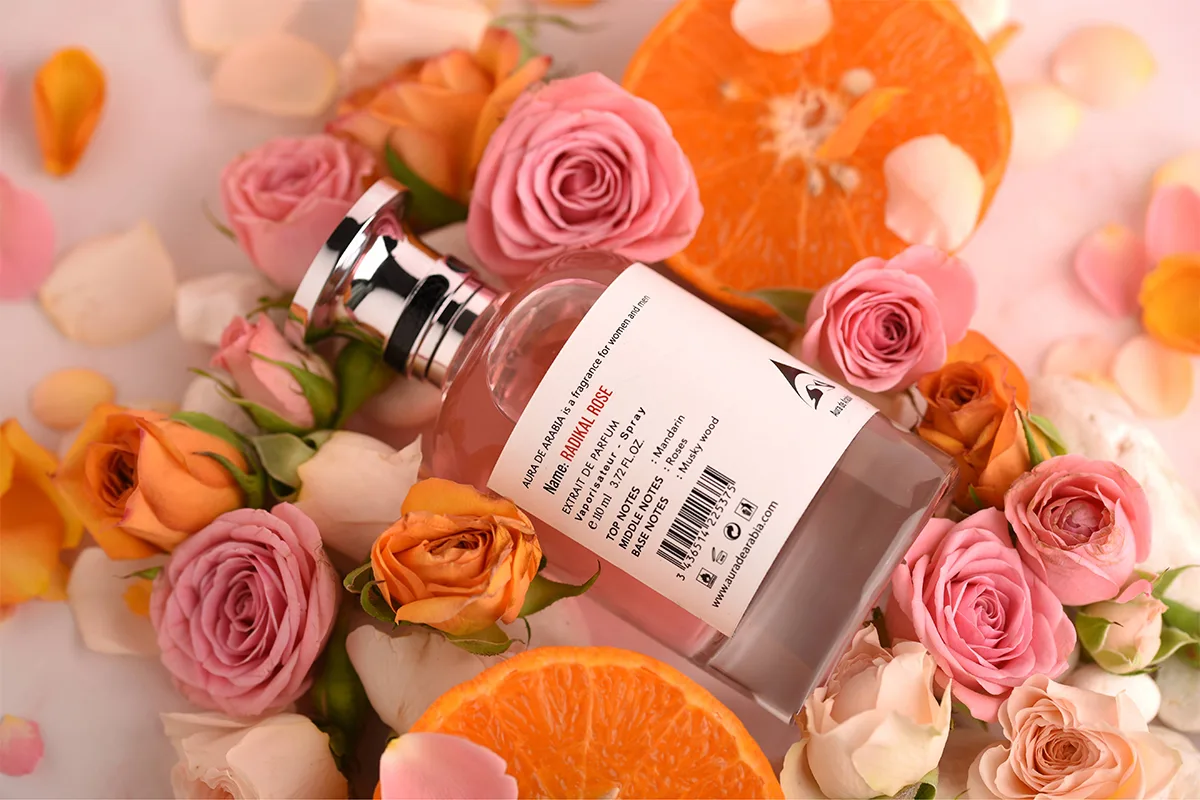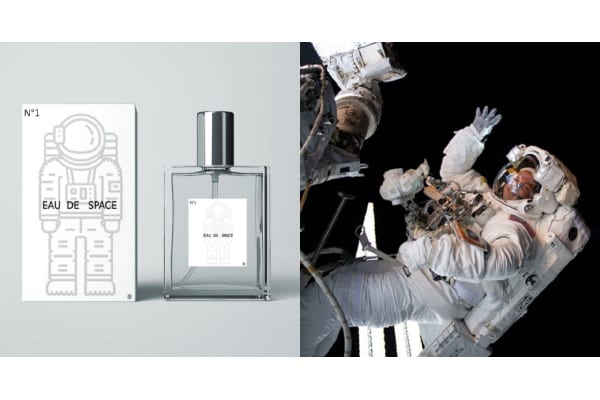In the last instalment of the Fragrance Wheel article series we will focus on the only remaining fragrance family of the wheel, so called Fresh fragrances
 Unlike the previous perfume families of the wheel, the Fresh family seems a bit obscure. The Floral family, for example, is composed solely of floral subgroups, as are the Oriental and Woody families. The subgroups placed under the Fresh family, on the other hand, seem to comprise of subgroups with very distinct aromatic profiles.
Unlike the previous perfume families of the wheel, the Fresh family seems a bit obscure. The Floral family, for example, is composed solely of floral subgroups, as are the Oriental and Woody families. The subgroups placed under the Fresh family, on the other hand, seem to comprise of subgroups with very distinct aromatic profiles.
Citrusy Fresh
The first subgroup of the Fresh family, named Citrus, is one of the oldest fragrance types in the world. Fragrances and ointments scented with different citrus fruits have been produced for centuries in the Mediterranean region.
The popularity of Citrus perfumes have not declined over the years, and it is easy to see why. The distinctive and tangy nature of citrus fruits such as lemons, oranges and bergamot, projects a sharp and fresh fragrance that is especially suitable for hot summer days.
Practically all the citrus notes are classified as top notes, which is why it is difficult to manufacture a lasting citrus perfume. In order to carry the citrusy scent a bit longer, it is therefore very common to add both natural and synthetic fixatives to the composition.
One of the perfumes mentioned time and time again when it comes to citrus fragrances, is Colonia by the legendary perfume house Acqua di Parma. Colonia was launched in 1916, and truly represents the aromatic Mediterranean summer in all its splendour. The fragrance opens up with a bite of clean Sicilian citrus, which is soon followed by emerging middle notes of lavender, rosemary and rose. Even though the middle notes play a more dominant character after the initial splash of citrus has faded, a mellow lemony note endures all the way until the dry down. The longevity of the lemon is most probably a result of both synthetic fixatives and base notes with fixative qualities, such as patchouli and sandalwood.
Water in Perfume
Moving on from citrusy perfumes, the following subgroup under the Fresh family is called Water. In contrast to citrusy perfumes, the fragrances classified under the Water group, sometimes also called marine or aquatic perfumes, are very much a new development in perfumery. It was only during the 1990’s that aquatic fragrances started appearing after the development of new synthetic compounds with a marine and ozonic odour.
Marine fragrances are often combined with floral and citrus notes, which sometimes make it difficult to pinpoint how exactly should an aquatic perfume smell like. If you want to have a clear experience of marine fragrance, try the much praised Sel Marin by Heeley. Launched in 2008, Sel Marin is well-appreciated for its natural seaside fragrance, not falling into the heavy synthetic water-like compounds characterised by many other marine perfumes.
Sel Marin opens with a delicate combination of lemon and bergamot, until an astonishing marine scent develops. The heart of the fragrance includes actual sea salt and algae, which make the synthetic aquatic compounds feel much more natural. Initially a light base of cedar and leather emerge, but the oceanic impression remains present all the way until the end. For those who enjoy the scent of the summery sea breeze, Sel Marin is a must buy.
The Scent of Nature
After Water, which is supposed to represent the scent of rain and the ocean, the next subgroup in the fragrance wheel, named Green, seems to be the complete opposite. The definition of what exactly defines a green perfume is ambiguous, but it is safe to say a green perfume should evoke a sense of fresh greenery. The ingredients can range from synthetic compounds reminiscent of the aroma of freshly cut grass, to herbs, leaves, and even green tea. One ingredient that is almost certainly present in any green perfume, however, is galbanum.
 One of the all-time favourites of green perfumes is Philosykos by Diptyque. The fragrance was created by Olivia Giacobetti and was launched in 1996. Even though Philosykos is sometimes mentioned to be a woody fragrance, the overwhelming majority of the perfume aficionados agree it is first and foremost a green fragrance.
One of the all-time favourites of green perfumes is Philosykos by Diptyque. The fragrance was created by Olivia Giacobetti and was launched in 1996. Even though Philosykos is sometimes mentioned to be a woody fragrance, the overwhelming majority of the perfume aficionados agree it is first and foremost a green fragrance.
The allure of Philosykos is a result of a careful combination of fig, green notes, coconut, and aromatic woods. The top notes combine fig leaves and mature fig fruits, but the first impression of Philosykos is by no means fruity. Right from the beginning the green middle notes together with the fig leaves create an impression of the most fresh and powerful greenery. Slowly the fruitiness of the fig soothes the green notes, followed by a touch of coconut that combines the green and fruity notes into an interesting mixture. The aromatic woods in the base remain light, and only the green notes and coconut persist until the end.
Fruit Madness
 The last subgroup under the Fresh family, and the one that ties this article series together, is called Fruity. Here the main focus should always be on fruits and berries and not too heavy with floral notes.
The last subgroup under the Fresh family, and the one that ties this article series together, is called Fruity. Here the main focus should always be on fruits and berries and not too heavy with floral notes.
Among all the numerous fruity fragrances, perhaps Pulp by Byredo is the one that most deserves attention. Launched in 2008, it has aroused notable attention among the perfume consumers. At the beginning there is a slight tough of bergamot and cardamom, but soon heavy fruitiness steals the show. Pulp is heavy on black currant, apple and fig, that have a sour and even fermented quality , which some might dislike but many love. After a while a creamy note of praline emerges to balance the strong fruitiness. Pulp’s fruitiness is not sweet like candy, but if you are looking for a real fruit experience, do not hesitate to try a bottle.








